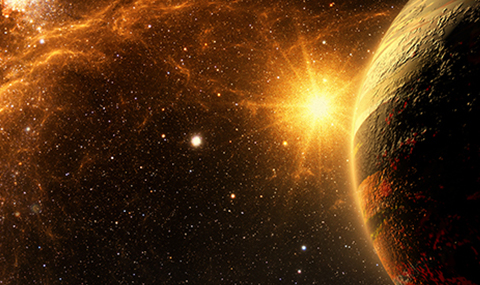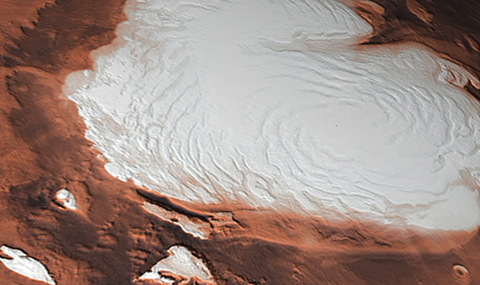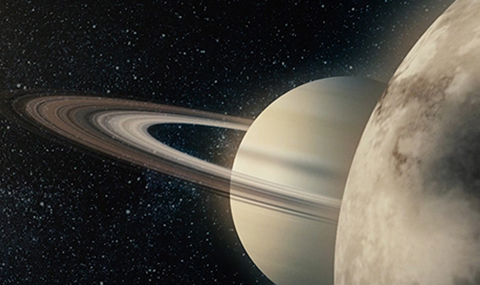Why Do We See the Man in the Moon?
 The Moon is locked in a resonance. Like a faithful dancing partner, it spins and circles such that it always points the same face towards us on Earth. The near-side of the Moon is largely covered by dense, topographically low, dark volcanic material, the pattern of which to some, resembles the image of a man's face. Although the Moon is locked in this configuration at present, the opposite one, with the current far-side facing Earth, is of lower potential energy and hence might be naively expected. Instead, we find the probability of selecting each configuration depends upon a ratio of gravitational potential and dissipation energies inherent to the Moon. A Moon with some properties would be certain to lock facing towards us, while a Moon with different properties could be guaranteed to turn its back.
The Moon is locked in a resonance. Like a faithful dancing partner, it spins and circles such that it always points the same face towards us on Earth. The near-side of the Moon is largely covered by dense, topographically low, dark volcanic material, the pattern of which to some, resembles the image of a man's face. Although the Moon is locked in this configuration at present, the opposite one, with the current far-side facing Earth, is of lower potential energy and hence might be naively expected. Instead, we find the probability of selecting each configuration depends upon a ratio of gravitational potential and dissipation energies inherent to the Moon. A Moon with some properties would be certain to lock facing towards us, while a Moon with different properties could be guaranteed to turn its back.
The probability of selecting each configuration depends upon the ratio of the asymmetry of the potential energy maxima, dominated by the octupole moment of the Moon, to the energy dissipated per tidal cycle within the Moon. If this ratio is small, the two configurations are equally likely. Otherwise, interesting dynamical behavior ensues. In the Moon's present orbit,with the best-estimated geophysical parameters and dissipation parameter Q=35, trapping into the current higher-energy configuration is preferred. With Q=100 in analogy with the solid Earth, the current configuration is nearly certain. The ratio of energies and corresponding probabilities were different in the past. Relative crater counts on the leading and trailing faces indicate an impact may have unlocked the Moon before it settled into the present configuration. Our analysis constrains the geophysical parameters at the time of the last such event.
The work is reported in
- Aharonson O., Goldreich P., Sari R., Why do we see the man in the Moon?, Icarus, 219 (1), 241–243, 2012. [DOI: 10.1016/j.icarus.2012.02.019]














